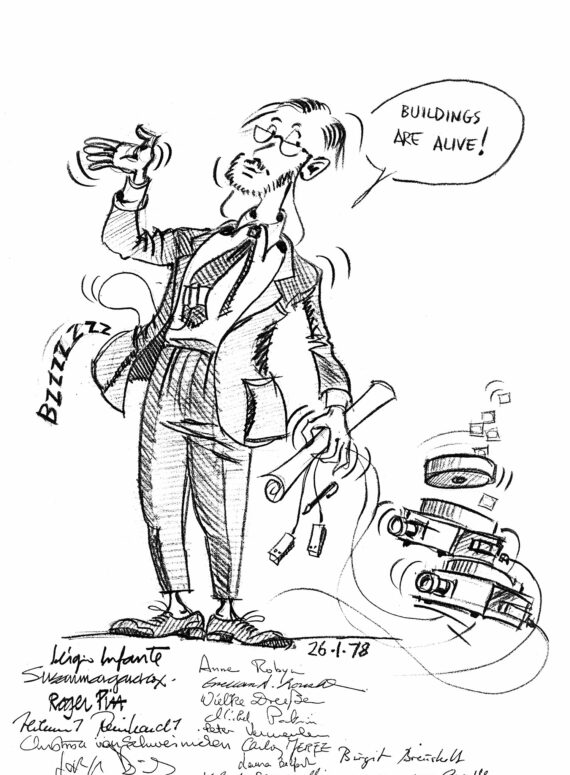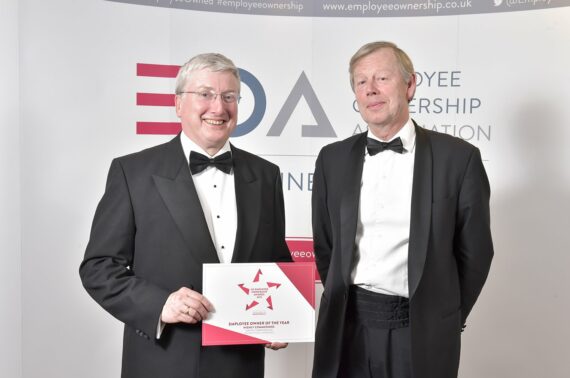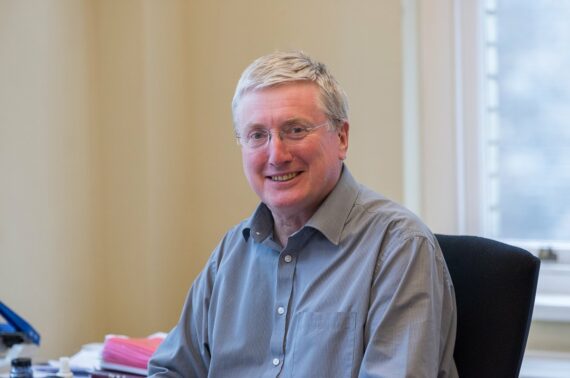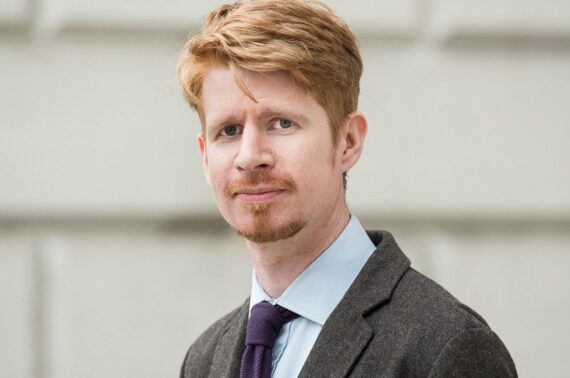Employee Ownership and Sustainabaility in the Built Environment
- | Renée O'Drobinak
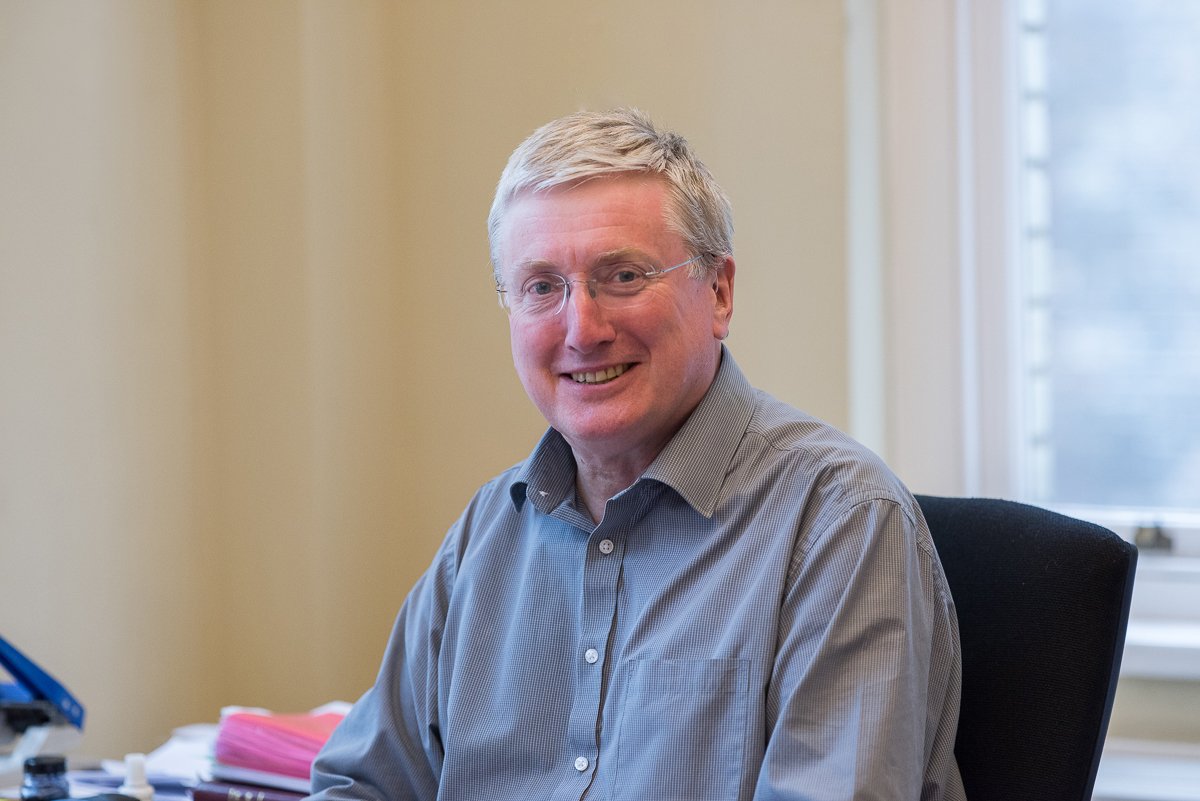
1st July 2016 marks the annual Employee Ownership Day: a national celebration of the benefits of employee ownership, now in its third year. Employee Ownership is, simply put, where a company is directly or indirectly owned by its own employees. According to the Employee Ownership Association, co-owned companies tend to be more successful, competitive, profitable and sustainable. Donald Insall Associates is celebrating 25 years since the beginning of Employee Ownership at our practice. Our Communications Manager Renée O’Drobinak speaks to Company Secretary and Director Simon Charrington about Employee Ownership, sustainability, and the culture here at the practice.
Donald Insall Associates started to become employee owned 25 years ago by the newly formed Employee Benefit Trust beginning to purchase shares from Sir Donald Insall, who was sole shareholder until then. How is the EBT structured, and what is the role of the EBT board of trustees?
Firstly, Renee, thank you for arranging this interview. It’s great to be given the opportunity to tell our colleagues a bit more about our story, or our Employee Ownership story, remembering that the practice was first founded some 30 years earlier in 1957/8. A good deal of thought, consultation, conversation and planning went into forming, 25 years ago, what is now our Employee Ownership (EO) structure. It’s easy for me to lose sight of the fact that with so many more colleagues with us now, the founding principles and logic are less directly familiar to many of our colleagues than for those who were with us and involved in the thinking and conversations when the plans were first drawn up and put into action and reality.
The EBT is formed by a deed of trust made on 28 March 1991 between Donald W Insall & Associates Limited (now Donald Insall Associates Limited) and the original trustees, i.e Sir Donald and Libby Insall and me. New trustees were soon added to our number, and all were replaced on 30 September 1996 by a newly formed trustee company, Donald Insall Associates (Trustees) Limited (DIAT). Those individuals —now known colloquially as trustees —are, in fact, directors of the trustee company. DIAT is the legal owner of the assets held subject to the trust, in our case shares in Donald Insall Associates Limited and some money reserves. DIAT, via its directors, is obliged by the terms of the trust to hold trust assets for the beneficiaries, i.e. our colleague employees. The EBT is a discretionary trust giving DIAT, the trustee, considerable flexibility and possibility to take account of new circumstances acting fairly and reasonably as well as considering the interests of all the beneficiaries or potential beneficiaries.
How does having a trust differ to direct employee ownership, eg individual employees owning shares?
When we set out on the EO journey we didn’t know whether we would tend to indirect EO via the EBT or to individual employees owning shares. Starting off with both gave flexibility to let it work itself out. At the time, UK Government income tax incentives favoured individual ownership. However, with Insall colleagues naturally being inquisitive, curious, cautious, creative, and intelligent beings, over time and with increasing experience they favoured the indirect ‘group’ EO via the EBT. It felt safer, more secure and more ‘correct’, if you like, to keep the shares together. It is also simpler to administer and, overall, more economic. In fact, it is very much like when Sir Donald, as founder, owned 100%; but enhanced by removing uncertainly about business succession. So now the majority of shares in DIA are held for the benefit of the beneficiaries of the EBT: past, present and future DIA employees.
What do you think it means to be ‘employee owned’, and how do you think it contributes to the culture of the practice?
I think it means as the EBT Deed states: “Donald Insall Associates’ employees shall have an interest in the Company’s business, a share in its profits and a voice in the direction of its affairs”. This, I believe and hope, is by and large what happens. We have a core common purpose, and continue to improve.
The most enlightening feedback I’ve received is, interestingly, from colleagues who have left us (and some who return): one who said our approach and the way we do things is “visionary”; and another who said, when comparing with his new employment, he “definitely felt more involved at Insall, and with various aspects of the office and business, not just doing a job”.
While the EO ethos doesn’t necessarily suit everyone all the time, it does seem to be able to adapt and respond to most situations, being both flexible and firm as needed. A key belief we had starting out was that the practice has a particular approach, quality and track record of success to offer which we sought to keep, nurture, allowing it to grow, develop and continue. I think our indirect EO has come from our culture; these are mutually supportive, sustaining, simpatico. These are natural ways for specialist conservation architects.
How does our employee-owned structure correlate with our ethos in sustainability, both in business and the built environment?
That’s a very good question. Firstly, I’d say, read Sir Donald’s book Living Buildings. It ought to be compulsory reading for all colleagues! Maybe we should introduce a test on it, for all new employees at the end of their first three months’ induction!
I believe our EO structure correlates very closely in fact with our business and built-environment sustainability. I think it’s fair to say that, when we set out on this EO journey, we were doing the best to ensure that not only the principles, philosophy and practice of Living Buildings are kept but also keeping the group of people, experts in architecture and conservation, doing it; keeping the Team together, alive, developing, growing, thriving, serving, together as a Team.
To quote Sir Donald, “Buildings are alive!”. Buildings and people are both living organisms, and so it is with the business, with the practice’s simple EO structure built-in. It’s much better, in my view, to think of it and see it that way, rather than as an organisation which sounds like a passive immovable thing. At Insall it’s the people and the buildings — living buildings — that are at the heart, the passion. The ‘organisation’ is incidental, it’s there to serve; but the organism, the whole ship, is Alive! (creaky boards and all!). Another way of viewing the formal structure is that the EBT board is like ‘the Upper House’; the Donald Insall Associates board is the Executive; and all colleagues ‘the House’, with various roles, and strength and diversity together.
Our shared EBT profit we receive at the end of the year has been exempt from income tax since 2014. Could you explain the background of how this was made possible?
Yes, that’s right. After many years of lobbying Government and MPs by the Employee Ownership Association and others with track records of success with EO, a central impetus to making the new legislation possible was in 2012 when our solicitor, Graeme Nuttall of Field Fisher, wrote an independent review on EO for the Department for Business, Innovation & Skills, explaining obstacles to promoting EO companies and setting out a framework for knocking them down, and making recommendations.
The great thing about it all is that by this time the EO ideas, concepts and models had gained support across all political parties. There was then a consultation process for the drafting of the legislation, and the practice took part in this. So, within a couple of years of Graeme’s report, the recommendations became enshrined in law and we, along with all employees in similar indirect EO organisations, are benefitting as a result.
Essentially the income tax exemption is made possible from two angles: 1) indirect EO is proving to be a successful and long-term viable business/structure model; and 2) it levels up the playing field with UK Government income tax incentives which favour individual share ownership, but in practical terms are only available to employees in the largest of companies. So now the indirect EO model is on more level terms tax-wise, commercially, with these larger organisations.
The UK government’s guide on Employee Ownership suggests that employee ownership is defined by a ‘meaningful stake in a business’, but is not limited to financial participation. How do you think each one of us can feel more involved with how the organisation is run?
Again, that’s a good question. It’s always a challenge to achieve the right balance and make sure everyone feels involved. Ultimately, the source of our income (i.e. happy clients from providing excellent service and services) has to be where our main day-to-day attention is focussed, and this comes from bringing forth the best from each of us, our colleague employees, and from buildings entrusted to us. Sometimes, one or all three have to be protected from certain extremes and other external forces, but we always try and keep a balanced and objective perspective, and the more that individuals are involved in meaningful ways and at appropriate times, the better the balance and objectivity.
I think that individuals’ priorities, focus, experience, interests, and personal circumstances change and evolve over time and throughout their career here, and how this translates to involvement with Donald Insall Associates EO; beyond financial participation is very much an individual matter, but to answer your question I’d say: look at the Chairman’s monthly blog to see the headline view of the Donald Insall Associates Board’s current focus of attention and information – ask your local director for fuller information on any item where it would be helpful to know; put yourself forward on aspects that are of particular interest to you, or where you have particular experience and skill, i.e. whether or not they’re in the blog; when putting forward ideas, consider the management and time aspects, i.e. ‘who will do what?’ and ‘who will pay for what?’ and note whether it is a modification/development of an existing practice/policy or something new; speak up at office meetings and Chairman’s forums, and at other times when/if you feel that what you can contribute is being missed; look at the news on the DIAlog welcome page; talk to an EBT director trustee or members of particular office working groups: Sustainability; Social; ICT; CAD/BIM; Corporate Social Responsibility; Office Management (+ use suggestions box); Quality Assurance; Associates; Board; and any other set up for particular purposes; consider putting yourself forward for EBT trustee director role (three year term; one new each year).
